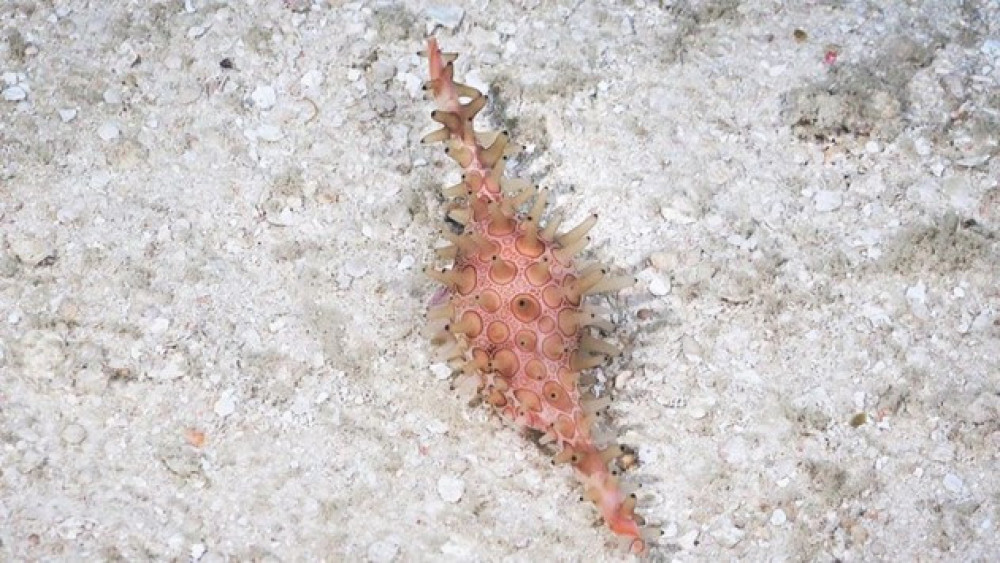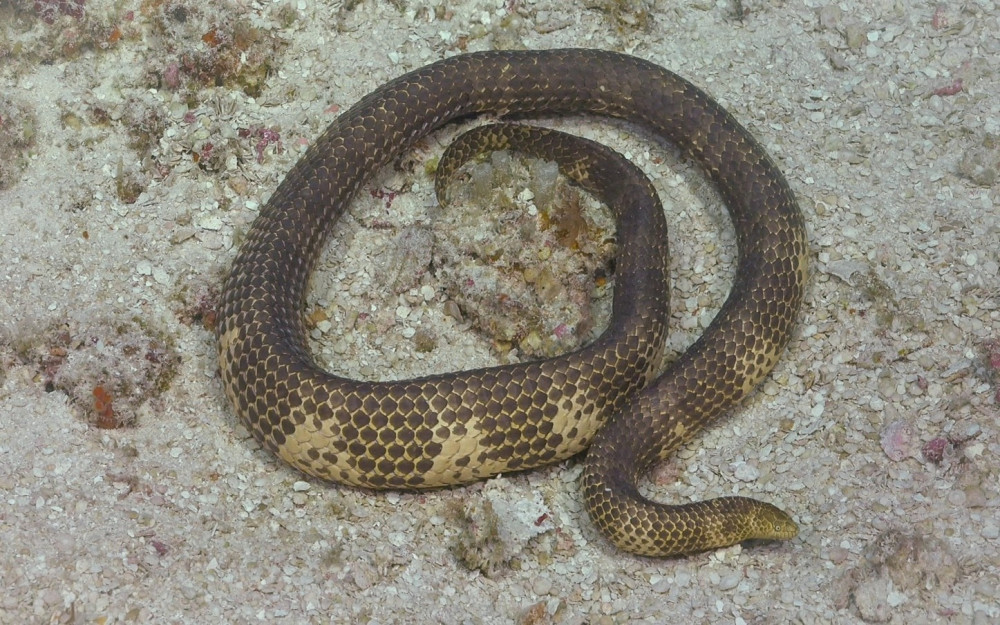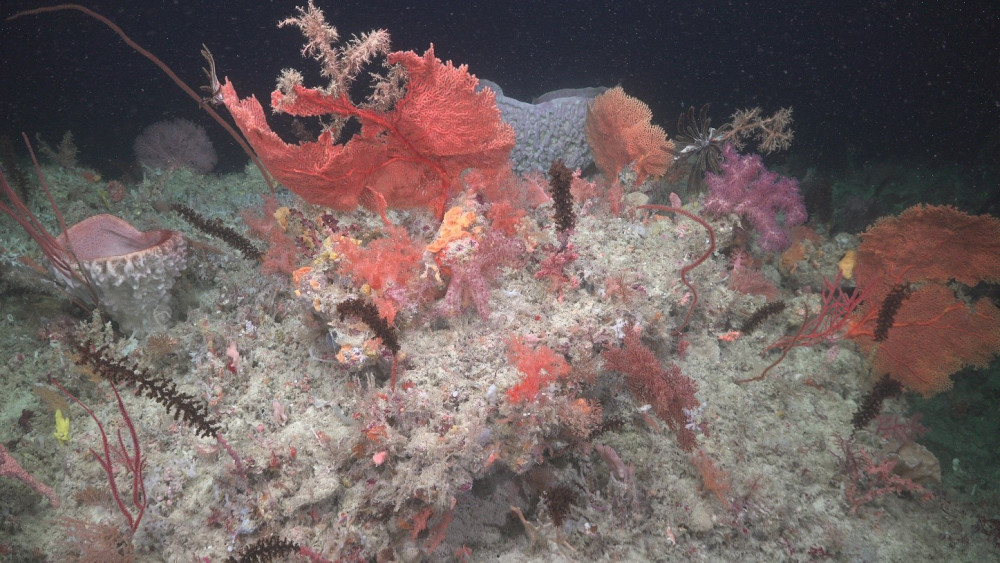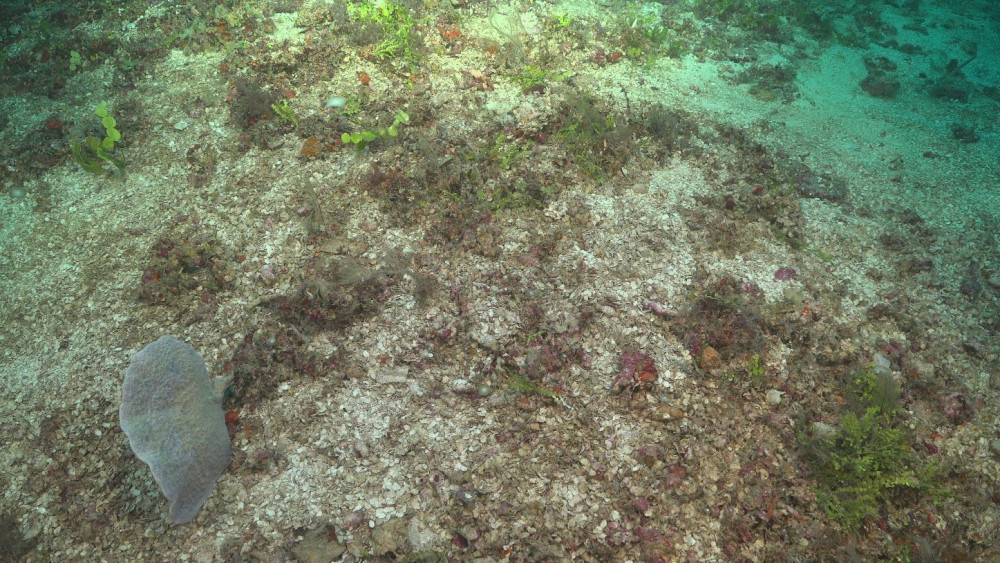Where
Ashmore Reef is located on the edge of Australia’s northwest shelf and is actually closer to Indonesia than the Australian Continent. It is an isolated oceanic reef that is considered a biodiversity hotspot, protected in the Ashmore Reef Australian Marine Park within the North-west Marine Parks Network.
Who
The research was a collaboration between scientists from the Australian Institute of Marine Science, Western Australian Museum, Curtin University and the University of Western Australia. The research was also supported by the Schmidt Oceans Institute and Parks Australia.

When
The survey was a 19-day research voyage on the Schmidt Oceans Institute research vessel RV Falkor, that occurred from 9th-27th April 2021.
Why
The focus of the expedition was to improve our understanding of benthic biodiversity, community distributions, and connectivity through remote underwater vehicle (ROV SuBastian) surveys and specimen collections. This will fill major knowledge gaps about the mesophotic zone and inform future management and monitoring activities.

The specific goals of the voyage included:
- Seabed mapping in the mesophotic zone,
- Collection of imagery for a quantitative assessment of mesophotic benthic community composition,
- Collection of biological specimens to improve our understanding of the biodiversity of mesophotic reefs,
- Testing of hyperspectral imagery as a new method for assessing the health and diversity of mesophotic coral ecosystems; and
- Collecting tissue samples to understand genetic connectivity among mesophotic coral populations.

How
Mesophotic reefs are poorly understood because its logistically difficult to study them. They are too deep for scuba surveys, so research relies on remote (and often expensive) tools such as Remote Operated Vessels (ROVs) for data collection. We were fortunate to be able to access the Schmidt Oceans Institute’s ocean-going ship RV Falkor, and deploy their remote operated vehicle (ROV) SuBastian for a first-ever detailed examination of the deep reef areas around Ashmore Reef. Our sampling included: i) video observations from the ROV at depths of 50m, 100m and 150m to quantify the diversity and distribution of epibenthos, ii) collections of biological specimens for taxonomic, biological and genetic connectivity studies using the ROV manipulator arms, iii) taking water samples with the ROV for eDNA studies of mesophotic reef diversity, iv) mapping the mesophotic zone using a multibeam echosounder from the RV Falkor, and v) testing new methods for monitoring mesophotic reefs including hyperspectral imagery.
What did we learn
During the voyage we circumnavigated and mapped the entire mesophotic zone of Ashmore Reef in high resolution, and through 148 hrs of ROV exploration documented a huge diversity of mesophotic habitats including Halimeda beds, coral-dominated communities, sponge gardens, mixed filter feeder communities, and sand and rubble areas.

We collected over 450 biological specimens that have been registered with the Western Australian Museum, which will help improve our understanding of the unique biodiversity of the reef. This includes several new species records for Western Australia including the great spotted cowrie (Perisserosa guttata) and we expect more new species will be identified as museum collections are examined in more detail. We also rediscovered the lost sea snakes of Ashmore Reef, with 60 sightings of snakes during the voyage including one as deep as 145m. Given the sea snake populations at Ashmore Reef are thought to be in serious decline, this was a very exciting discovery.
Our initial analysis of imagery collected by ROV showed that the mesophotic communities at Ashmore Reef varied vertically with depth and also horizontally around the reef. Around 26% of the mesophotic area was covered in epibenthos (sponges, hard corals, gorgonians etc) and diversity declined with depth. Sponges were the most abundant species in the mesophotic zone, occurring in all areas and all depths. Hard corals were most common in the 30-50m depth band but did extend in low cover as deep as 75m. Some of the most diverse areas of the reef were on the northern side and, ironically, outside the marine park boundary.

What next
We collected a vast amount of data during the voyage and have only had time to analyse a very small proportion of it. Future studies will use the data we collected to better link biodiversity data (from museum specimens and environmental DNA samples) with image analysis. We will also continue to develop artificial intelligence systems to enable us to fully analyse benthic community composition from the many terabytes of images collected, as well as integrate the biodiversity data with multibeam data to create a predictive model of habitat distributions around the reef to help inform future management and monitoring efforts.
Related data and publications
All of the ROV dives were broadcast live on YouTube by the Schmidt Oceanographic Institute with trip highlights available on the SOI website https://schmidtocean.org/first-comprehensive-study-of-nw-australias-deep-corals-completed/.


